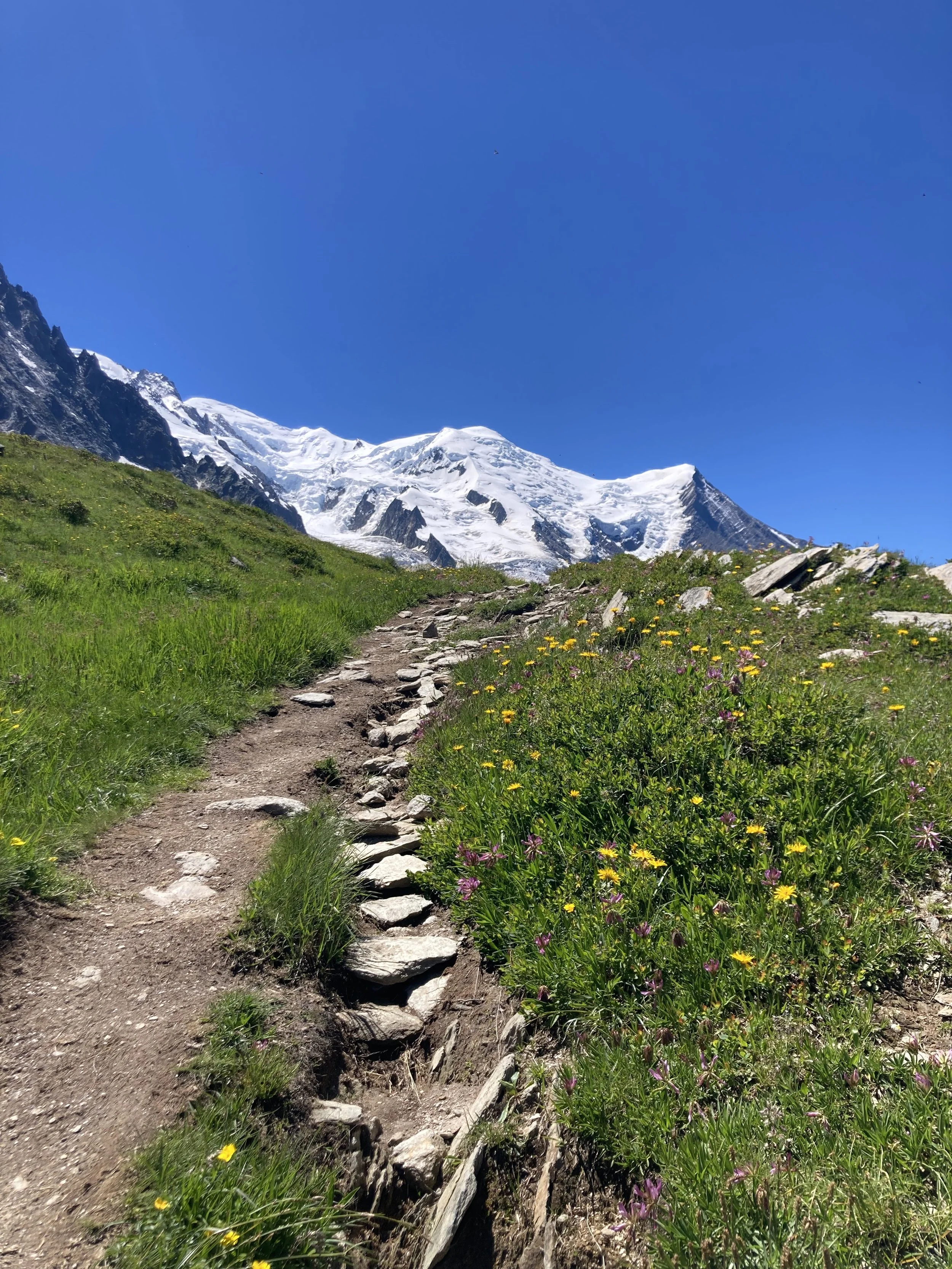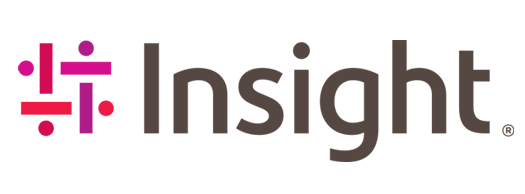Like most people in the first week of January, I am starting as I mean to go on. Apart from when it comes to reducing chocolate consumption, which can only happen once the Christmas stash has been seen off. Can't it?
Anyway, I wanted to kick off this year with a quick blog on my favourite topic: how can we sustain high performance at work, without continually de-prioritising other aspects of our lives?
Most of my clients come to me for coaching because one of these elements (usually work) is hampering their ability to feel fulfilled, or even partly-sated, in other aspects (often exercise or simply getting outdoors).
Obviously there is no clear answer to this conundrum. But I keep seeing that if we look to our leadership approach, have the courage to analyse it, and reflect a bit on what we find, we can start to build a sustainable leadership model. And by that, I mean we can find a way of leading which can flex when needed, without prolonged sacrifice of those very things - sleep, diet, exercise, relationships - that actually help us to perform at our best in the first place.
I'm so convinced that this is possible, that I have gathered together a group of experts to deliver a nine-month Leadership Development Programme which helps people to achieve this. I'll share more information about this soon, but here is a sneak preview.
Why do we often put ourselves last?
One reason why we can end up prioritising work over well-being is because people are often promoted without being encouraged to think about what they will do differently in their new role. So a senior associate promoted to partner keeps trying to stay on top of every last detail, whilst also trying to bring in new clients, and take a more strategic view. Child's play, right? Another is that people take more on because their team is under-resourced, and then they are praised for how well they are doing. This gives enough of a dopamine reward hit for them to ignore the warning signs and keep striving without realising their performance will diminish in the longer term. And then they start sacrificing the things which would otherwise sustain them and boost their resilience. And then they sink.
Not waving, but sinking (to misquote Stevie Smith)
So in the coming weeks I am going to use The Leadership Circle model to share some insights which, if you're feeling courageous, you can use to analyse your leadership approach. Not because it is the best such model, or because it is "right", but because it is comprehensive, well-informed and user-friendly. Oh and there's a free version you can use to assess yourself if you like that sort of thing.
I will write a bit about those "creative" leadership traits which are most likely to see you succeed in a sustainable way, and those which are likely to reduce your energy and (at best) disempower the poor devils who work for, or with you. The model calls those "reactive" traits; frankly, that's being a bit generous - we all know what we're really talking about here.
I'm also going to offer up some practical thoughts on what you can do to increase creative traits and reduce the reactive ones. And it's not rocket science to see that simply by reducing reactive behaviours, you will automatically increase the more helpful ones.
I'll start this series next time on the subject of courage. The Leadership Circle model calls this "Courageous Authenticity". But that's probably because they didn't have enough space in their diagram for both words. For our purposes it is basically the same thing.
Email me if you’d like to try a free Leadership Circle assessment.
Riding an Ultra race: Dead Ends and Dolci - April 2023
What I’ve been doing outside of work
Talking of courage (or possibly stupidity), I decided to commit to one, and then two ultra cycling events last year. I don't know if there is a set definition of this sport, but it basically involves ticking off various mandatory checkpoints on a route which you have planned yourself, and where you will spend considerably more time in a saddle in a few days than many others may spend in a month. Or even several months. And it is usually hilly. Very hilly.
If that sounds hideous, I should point out some advantages: you can eat as much cake as you want; you see wonderful places at times when nobody else is around; and you go at your own pace because, although coming first has some kudos, there is no winner’s prize and every finisher is celebrated for getting the damn thing done.
Why I am writing about this? Because it gives me the chance to share a bit about what I do outside of my work, and because I am fascinated by the lessons we can draw from non-work pursuits to help us get better at our leadership roles. Which brings me back to where I started; if we sacrifice life stuff at the expense of leadership stuff, we lose the ability to bring what we learn from one across to the other. Which is just such a waste.
I'll write more next time about what I've been doing on the bike or in the mountains. If you're interested in seeing more of the inspiring scenery I am lucky enough to enjoy on my doorstep, I've recently published short videos on Instagram and LinkedIn. It's fair to say that for me, hitting the send button on these required way more courage than riding 1000km. So everything is relative.













